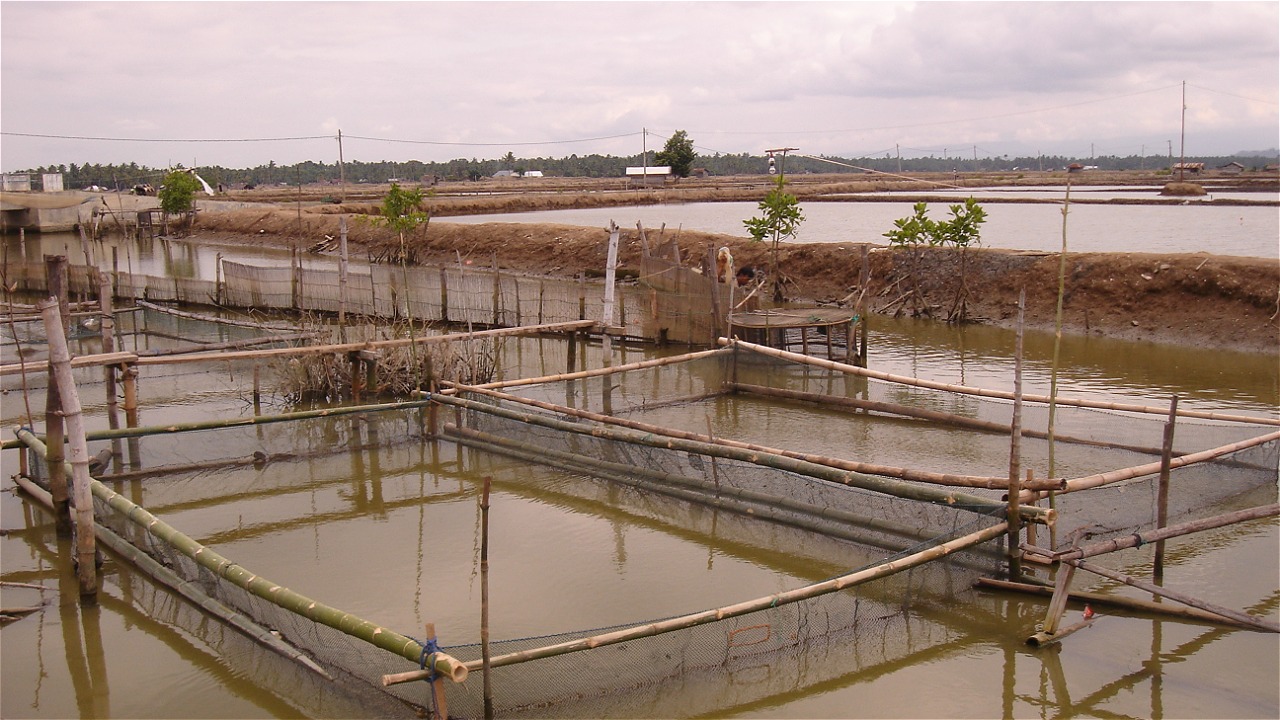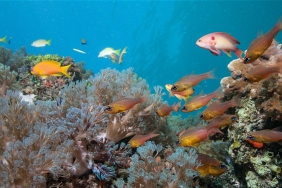ASSESSING FARMING PRACTICES IN PINRANG WITH AN ENVIRONMENTAL APPROACH, WHAT IS THE SCORE?
By: Idham Malik (Aquaculture Staff, WWF-Indonesia)
This year, Pinrang District, South Sulawesi was selected as the location for the initial assessment and implementation of Environmentally Appropriate Aquaculture (ADPE), another term for Ecosystem Approach to Aquaculture (EAA).
Pinrang was chosen because of the ongoing management of fisheries areas; the shrimp pond and seaweed farming area of Minapolitan Lowita Suppa Pinrang; and the Ecoshrimp area, Lanrisang District, Pinrang Regency.
ADPE itself is a guideline developed by FAO (2010) for the assessment of aquaculture area management led by government and local stakeholders. ADPE assesses the role of government and stakeholders in supporting sustainable aquaculture area management, which supports equitable welfare, and the existence of good governance and synergy.
To obtain input and support from the parties to the ADPE concept. The ADPE assessment in Pinrang on 26 - 30 March 2018 was opened with socialization and ADPE focus group discussion (FGD) at the South Sulawesi Provincial Marine Fisheries Service (DKP). The FGD involved the Maros Brackish Water Aquaculture Research and Development Center (BPPBAP), the Takalar Brackish Water Aquaculture Center (BBAP), the Makassar Fish Quarantine Center, Hasanuddin University, and the Indonesian Muslim University (UMI).
The series of assessments continued with socialization with the local government (Pemda), and meetings with farmers and direct viewing of the cultivation area. Of course, this direct review is very important to provide a clearer view of the state and suitability of conditions with indicators contained in ADPE.
On May 30, 2018, the results of this assessment of cultivation in Pinrang concluded that the management of cultivation areas in Suppa and Lanrisang fell into the good category. That said, from a scale of 1-3, the average aquaculture area scored in the middle. This means, it needs improvement to be even better.
Then, what aspects are actually assessed in ADPE?
First, the ecosystem sustainability aspect, with a component of 40%.
"The designated aquaculture area must be in accordance with the Spatial and Regional Plan (RTRW), and must not pollute the environmental area," explained Iman Barizi, Head of Sub-Directorate of Area Arrangement and Fish Health - DJPB, Ministry of Maritime Affairs and Fisheries, one of the ADPE assessment team with WWF-Indonesia. This indicator is proven through water quality laboratory data, as a form of implementing good aquaculture guidelines.
Second, is the aspect of equitable welfare, with an assessment component of 30%.This is seen from the absorption of local labor and improvement of the welfare of cultivators. In addition, there is good conflict resolution of any problems in aquaculture management.
Another component is governance and synergy, namely the synergy of the work programs of each party in the management of aquaculture areas, including the issue of community participation in each program.
With this assessment composition, the ADPE concept is a strategy to integrate aquaculture activities with broader environmental aspects. This is done by balancing the relationship between social, economic, and environmental aspects, to achieve sustainable development.
ADPE has been adopted and designed in Indonesia since 2014. Until 2017, the concept was matured through national meetings, training, and field tests of ADPE indicators and assessments.
"Hopefully, through this ADPE program, the farming community can feel the benefits. The implementation of ADPE in Pinrang must be successful, so that the environment is maintained, the community is prosperous," A. Aslam Patonangi, Pinrang Regent, expressed his support at the ADPE Socialization session at the Pinrang Local Government led by the Pinrang Regency Marine and Fisheries Service (27/03/2018).
This hope was shared not only by WWF-Indonesia, but also by the relevant SKPDs - Pinrang District Environment Agency, Manpower Office, Public Works Office, Bappeda, representatives of shrimp farmers and seaweed farmers, and fisheries extension workers who were present that day.





